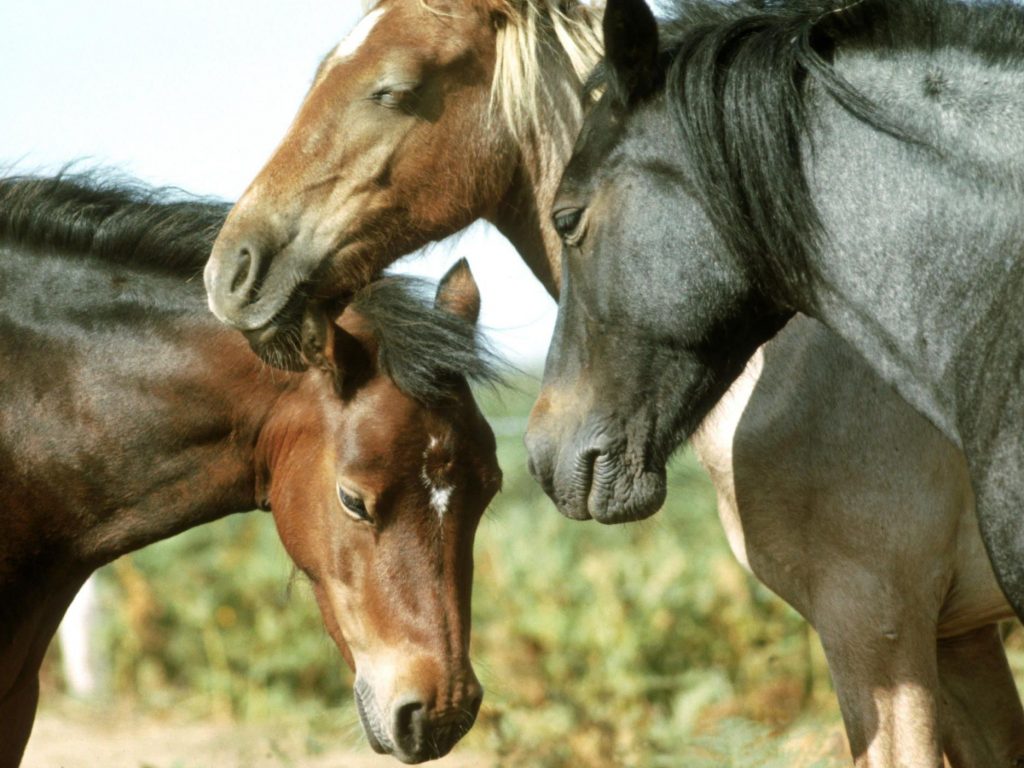Horses have been constant companions of man for several thousand years. Despite this, there are still many myths and misconceptions about these beautiful creatures. What do horses eat, can they swim, and do they really sleep standing up?
- On average in an animal from 0.3 to 3 horsepower. Historically, the measure of horsepower was invented to visually demonstrate how many horses a single steam engine could replace in a mine. Different scientists determined the power of horses from 53 to 103 kgf m/s.
- In nature, it is enough for horses to switch to a trot of 15–18 km / h so as not to become prey to a predator. Urged by man and trained animals can switch to a sweeping trot, gallop or quarry and reach 50-65 km / h.

- On average, horses live 25-30 years, ponies can live up to 40 years. In the wild, animals rarely live past the age of 15. The maximum life expectancy of a horse was recorded in 1822: a horse named Old Bill lived for 62 years. He was born in 1760 and towed barges. The life expectancy of an animal depends on its breed, conditions of detention and nutrition.
- There is a myth that horses only sleep standing up. On this occasion, there is even a common phrase “Sleep like a war horse.” Indeed, one can see a standing horse with closed eyes and lowered head. So the horses rest. Thanks to the structure of the legs, the animal is able to relax its muscles in this position, quickly respond to the approach of a predator and run away.

- A horse can weigh from 300 to 1000 kg. The indicator of a particular animal varies in different breeds and sizes. For example, a Thoroughbred horse should weigh 450–500 kg, while a Shire should weigh 700–1200 kg. Ponies are smaller in size and their weight can vary from 180–200 kg (Scottish ponies) to 350–450 kg in larger breeds.
- They are herbivores, so they require a special diet. They must consume a lot of fiber. In order for their extremely long and sensitive digestive tract to work, they must eat little and often, almost all day long. A healthy nutritious diet should include grass, hay, fruits, vegetables, grain concentrates, and salt.

- The habitat of horses covers all countries on all continents. Domesticated animals live next to humans in completely different climatic conditions. Part of the breeds is in the open air all year round, for example, the Mongolian and Yakut. Most domestic horses need stables.
- Horses are able to swim from birth, it is inherent in them at an instinctive level. The swimming style of horses is somewhat similar to that of a dog, as they scoop up the water with their hooves under them. At the same time, not everyone does it willingly. Since the horse is a land animal, some individuals, like humans, have a panic fear of water. Most likely, they are frightened by the lack of solid support under their feet, sharp splashes or the smell of aquatic life, which captures the delicate horse sense of smell.

